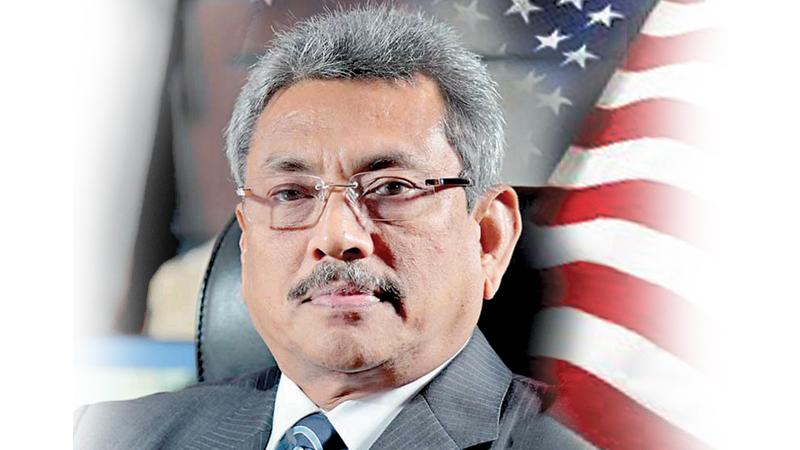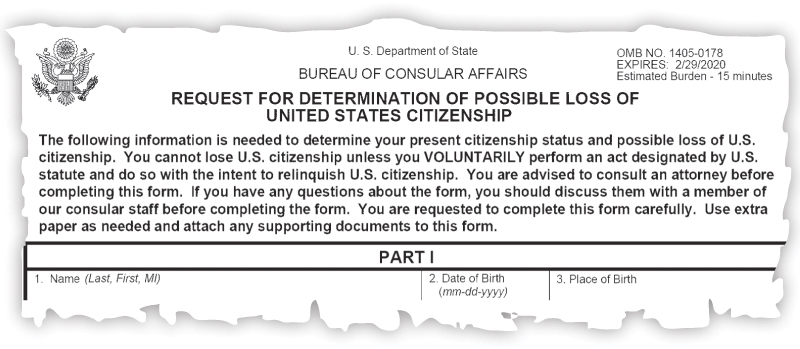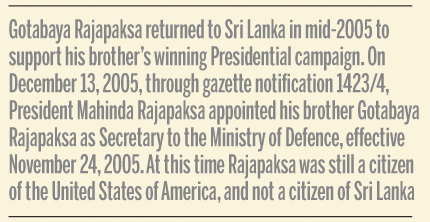

Who will be our presidential candidate? This is the question on the minds of the rank and file of the Sri Lanka Podujana Peramuna (SLPP), or ‘Pohottuwa’ party, that has, since the recent constitutional crisis quietly shed its earlier moniker ‘the Joint Opposition’.
It is no secret that many senior leaders of the movement whose last names, not least the residents of No. 117 Wijeyarama Mawatha, are wary of nominating a candidate who cannot be relied upon to use the Executive Presidency as a vehicle to restore former President Mahinda Rajapaksa to his throne. The idea of a candidate with his own ‘sunlight’ or ‘erudite path’ blazing his own trail and leaving the former President in the lurch has long perturbed members of the former first family as well as Pohottuwa heavyweights such as Kumara Welgama and Vasudeva Nanayakkara.
Last Saturday, when former Defence Secretary Gotabaya Rajapaksa said that he was ready to contest a presidential election to thunderous uproar from his supporters amongst the ultra-right wing of the Pohottuwa alliance, the rest of the party reacted with little more than the most deferential and respectful glances of “I warned you” directed at the former President.
Gotabaya Rajapaksa repeated his eagerness to contest the Presidency with the chuckle and grin he typically reserves to celebrate the murder of Lasantha Wickrematunge, as he was leaving the Permanent High Court where he faces charges of pilfering tens of millions of taxpayer rupees.
His detractors have found some solace in Article 91 (1) (d) (xiii) of the Constitution, which bars any person from being elected to Parliament or the Presidency “if he is a citizen of Sri Lanka who is also a citizen of any other country.”
The former Defence Secretary, after all, is a proud and unashamed citizen and passport holder of the United States of America, and has been, for over 16 years. Lt. Col. Gotabaya Rajapaksa was serving in the Gajaba Regiment of the Sri Lanka Army during the breakout of “Eelam War II” and the massacre of over 700 police officers by the LTTE Eastern cadres led by Karuna Amman in June 1990.
As the violence escalated, in 1991, he applied for permanent residency in the United States, and petitioned the army for early retirement, ostensibly to allow him to travel to the United States and obtain permanent residency in that country. After being granted early retirement from the army, Rajapaksa did not, however, travel immediately to the United States.
 Instead, he joined the private sector in Colombo, working in the Information Technology fields for employers including Gamini Wickremasinghe’s Informatics Group and the Capital Maharaja Organisation. After moving to the United States, Rajapaksa took up residence in the eastern suburbs of Los Angeles, California. After several years of odd jobs, sweat and toil, the former army officer realized his ‘American Dream’ on January 31, 2003, when he was granted citizenship by the United States of America.
Instead, he joined the private sector in Colombo, working in the Information Technology fields for employers including Gamini Wickremasinghe’s Informatics Group and the Capital Maharaja Organisation. After moving to the United States, Rajapaksa took up residence in the eastern suburbs of Los Angeles, California. After several years of odd jobs, sweat and toil, the former army officer realized his ‘American Dream’ on January 31, 2003, when he was granted citizenship by the United States of America.
Persons who are granted citizenship of the USA do so, among other considerations, by swearing the following oath: “I hereby declare, on oath, that I absolutely and entirely renounce and abjure all allegiance and fidelity to any foreign prince, potentate, state, or sovereignty, of whom or which I have heretofore been a subject or citizen; that I will support and defend the Constitution and laws of the United States of America against all enemies, foreign and domestic; that I will bear true faith and allegiance to the same; that I will bear arms on behalf of the United States when required by the law; that I will perform noncombatant service in the Armed Forces of the United States when required by the law; that I will perform work of national importance under civilian direction when required by the law; and that I take this obligation freely, without any mental reservation or purpose of evasion; so help me God.”
Through this oath, Rajapaksa renounced and abjured all allegiance and fidelity he may have once had to the Republic of Sri Lanka, in pursuit of greener pastures. In sworn testimony he gave before Mount Lavinia District Court Judge R.A.D.G.C. Ranawaka in 2010, Judge Ranawaka pointedly asked Rajapaksa whether, during his period of US citizenship, his fidelity was indeed to the United States of America.
“According to the law, that may have been so,” the Defence Secretary testified. “But in my heart I loved Sri Lanka,” he confessed. Rajapaksa also told Judge Ranawaka that he sought to retire from the army “specifically because of the prospect of obtaining this Green Card.”
Gotabaya Rajapaksa returned to Sri Lanka in mid-2005 to support his brother’s winning Presidential campaign. On December 13, 2005, through gazette notification 1423/4, President Mahinda Rajapaksa appointed his brother Gotabaya Rajapaksa as Secretary to the Ministry of Defence, effective November 24, 2005. At this time Rajapaksa was still a citizen of the United States of America, and not a citizen of Sri Lanka. Gazetted under Rajapaksa’s Ministry was the Department of Immigration and Emigration, which administered matters relating to dual citizenship.
‘Dual citizenship’ is the process under the Citizenship Act that allows for those who have given up their citizenship of Sri Lanka or intend to do so to become citizens of another country, to regain Sri Lankan citizenship at the discretion of the Government. Dual citizenship certificates, when issued, are signed by the line minister and ministry secretary.
For the first time in Sri Lanka’s history, in 2006, the Ministry Secretary signing dual citizenship certificates on behalf of the State, Gotabaya Rajapaksa, was himself a citizen of another country, the United States of America. It was indeed during Rajapaksa’s tenure as Defence Secretary that he himself was granted dual citizenship, although it remains unclear whether or not the Secretary indeed signed his own dual citizenship certificate, setting yet another record.
Indeed, the former Defence Secretary is seeking to add another record to his belt by becoming the first foreign citizen to become Sri Lanka’s Head of State. It is this ambition that has been stymied by Article 91 (1)(d) (xiii) of the Constitution, which was enacted by the 19th Amendment to the Constitution in July 2015. All political parties in Parliament supported the 19th Amendment, passed under Speaker Chamal Rajapaksa, with only a handful of MPs voting against or abstaining from voting.
The former Defence Secretary has been coy on the issue of his American citizenship over the last year, signalling to confidants variously that he has revoked it, is in the process of revoking it, or is about to begin the process of revoking it.
In fact, the process of renouncing US citizenship is far simpler than the Presidential aspirant would have many believe. The US State Department has a handful of forms that need to be filled out and submitted to complete the process. The first is form DS-4079, which is a ‘Request for determination of possible loss of United States citizenship’, which must be signed and submitted to a consular officer at an American Embassy. According to official US government estimates stated on the form itself, a DS-4079 should take no more than 15 minutes to fill out.
Then, DS-4080 is an “Oath of renunciation of nationality of the United States”. It requires the aspirant to swear as follows: “I desire and hereby make a formal renunciation of my U.S. nationality, as provided by section 349(a)(5) of the Immigration and Nationality Act of 1952, as amended, and pursuant thereto, I hereby absolutely and entirely renounce my United States nationality together with all rights and privileges and all duties and allegiance and fidelity thereunto pertaining. I make this renunciation intentionally, voluntarily, and of my own free will, free of any duress or undue influence.”
DS-4081 is a “Statement of understanding concerning the consequences and ramifications of renunciation or relinquishment of U.S. nationality”. Once these three forms have been submitted to a consular officer, that officer and a supervisor fill out form DS-4082, which is a witness statement documenting and certifying the request by a US citizen to renounce their nationality.
After the forms are processed and the renunciation is complete, the embassy would issue a certificate in the form of DS-4083, which is a “Certificate of loss of nationality of the United States.”
Ever since Rajapaksa returned to Sri Lanka from the United States after the February 2018 Local Government elections eleven months ago, his proponents in what was then the ‘Joint Opposition’ teased the public with claims that the former Defence Secretary has “begun the process” of renouncing his US citizenship. UPFA MP Wimal Weerawansa echoed this claim in a public address just this last week.
Be that as it may, there is no evidence to date that Gotabaya Rajapaksa has even filled out and submitted the first of the three forms required by the US government, the DS-4079, that would in fact begin the process of renouncing his US citizenship. At least for the time being, the former Defence Secretary appears to have too many higher priorities to justify the 15 minute ‘estimated burden’ that it would take to fill out this form. Unless, that is, his plans are of a completely different nature entirely.
